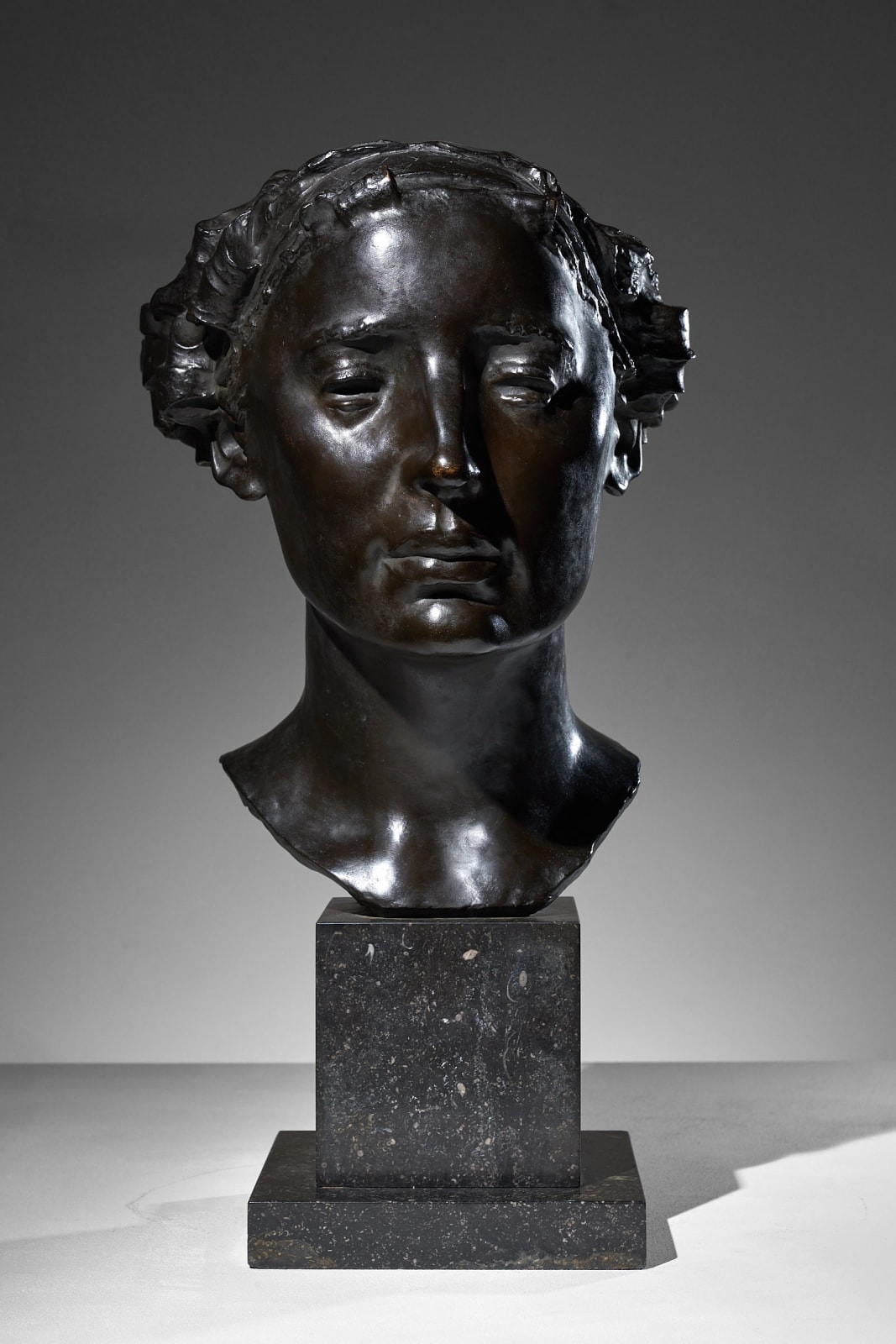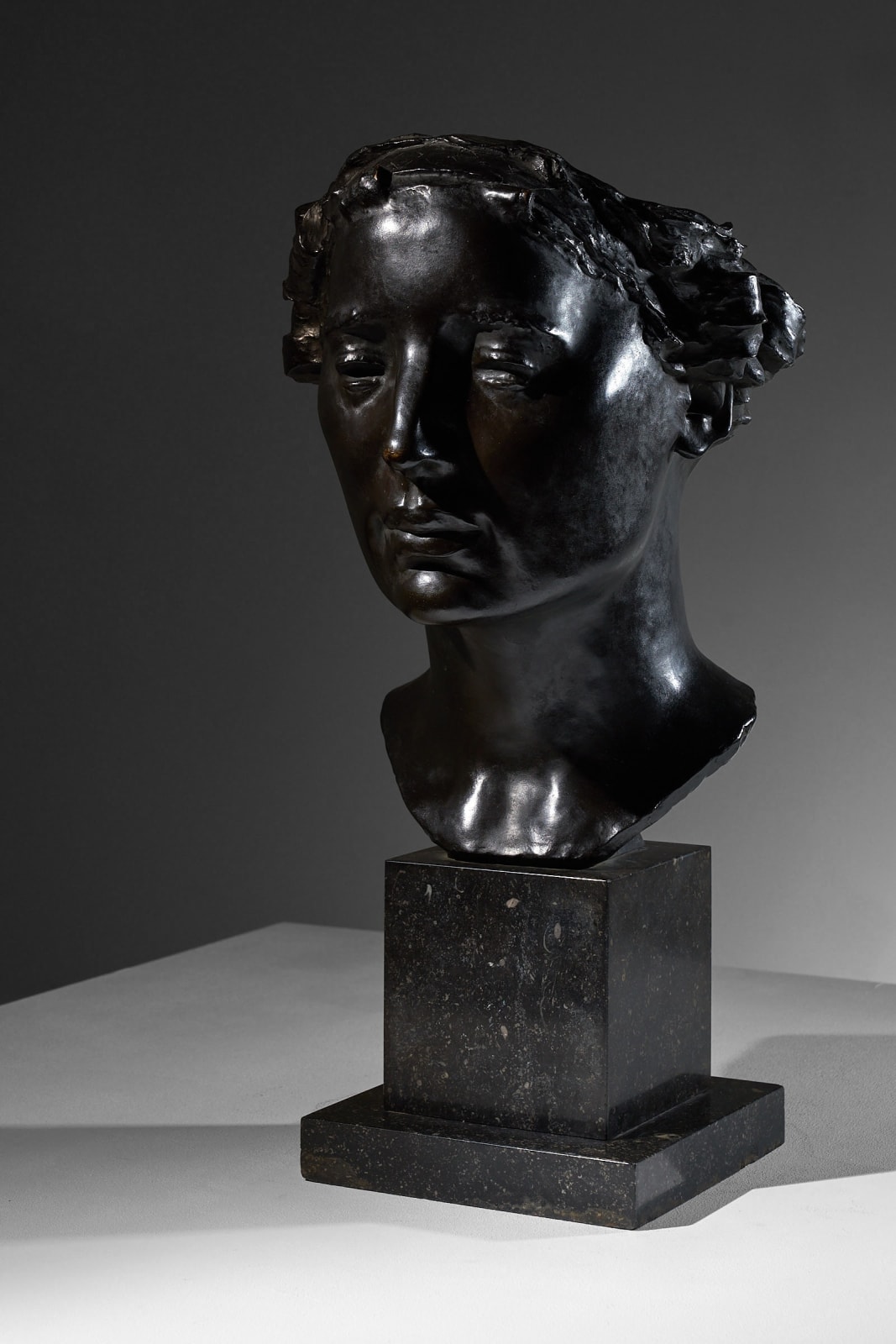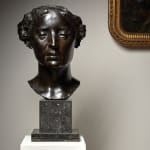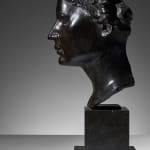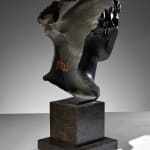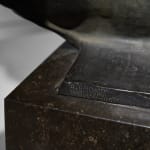August Bischoff
Pedestal in 'Belgian Blue Stone'
Further images
August Bischoff (1876 - 1965), born in Hanau as the son of an engraver, was a German sculptor. He studied from 1890 - 1896 at the Staatlichen Zeichenakademie in Hanau, and from 1901 – 1904 at the Städelschen Kunstinstitut in Frankfurt am Main under i. a. the sculptor Friedrich Christoph Hausmann. From 1897 onwards he worked in his own atelier in Frankfurt; initially he produced templates for the precious metal industry in Hanau. Bischoff made study trips to Paris, Rome, Berlin and Dresden. He was a member of the Frankfurter Bildhauerverein (Frankfurt Sculptor Association(.
Bischoff is known for his war memorials in Arnoldshain, Dorfweil, Frankfurt/ Dreiköningskirche, Hanau, Michelstadt und Bad Vibel Gronau. He created several graves for prominent families, i.a. the Grabmal Familie Carl Oppermann, Grabmal Familie Carl Gottschalk, the Grabmal Maria Bischoff and Grabmal Familie Kühn und Familie Schack. His public works included the Dr.-Bockenheimer-Brunnen(1932), two large figures executed in concrete, symbolizing "Labor and Trade", on the façade of the Mainhafen in Hanau (1926), the "Enten-Brunnen" in Hausen, the large sculpture "Wiederaufbau" located in the Landesarbeitsamt, and a large stone relief (170 x 90 cm) of the composer Engelbert Humperdinck and the 19th century psychiatrist/poet Heinrich Hoffmann (1952).
Bischoff also created a series of bronze busts, including two busts of Georg Wolff and Hugo Birkner; both in the possession of the Historischen Museum Hanau’
In 1939, 1940, 1941 and 1943, Bischoff participated in the Great German Art Exhibitions; in 1940 he displayed the impressive over life size sculpture "Siegfried" (plaster, later executed in bronze).